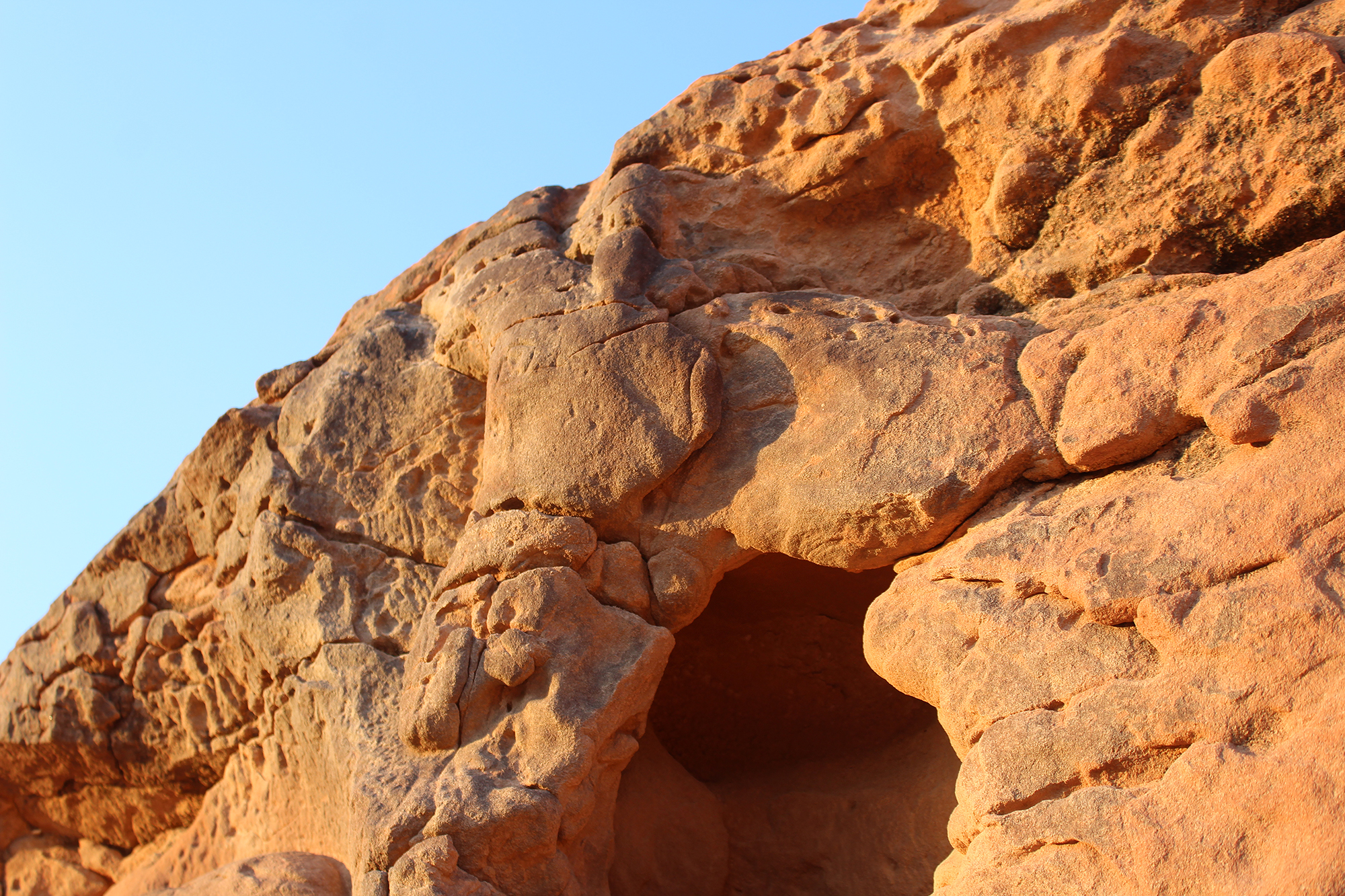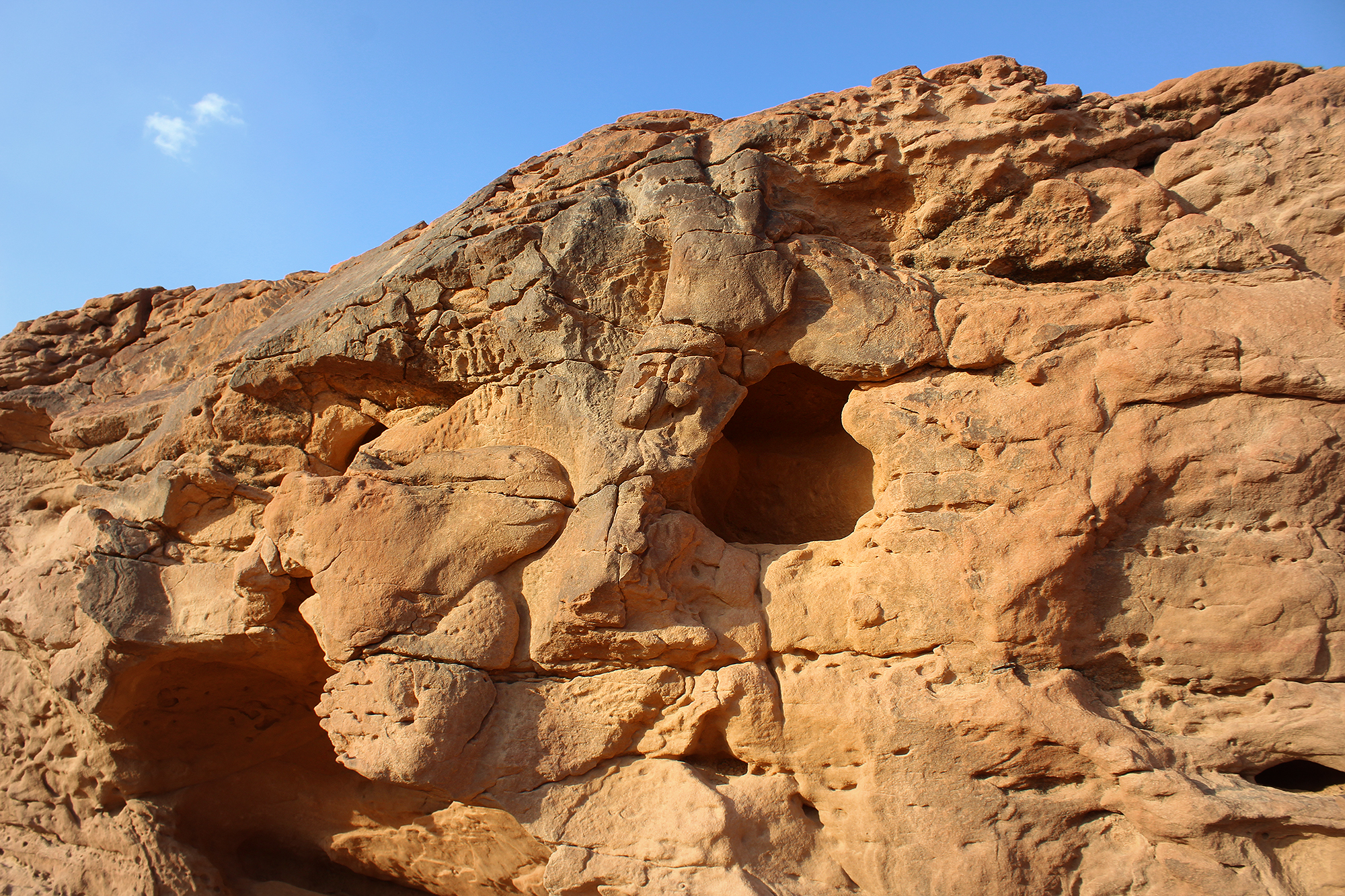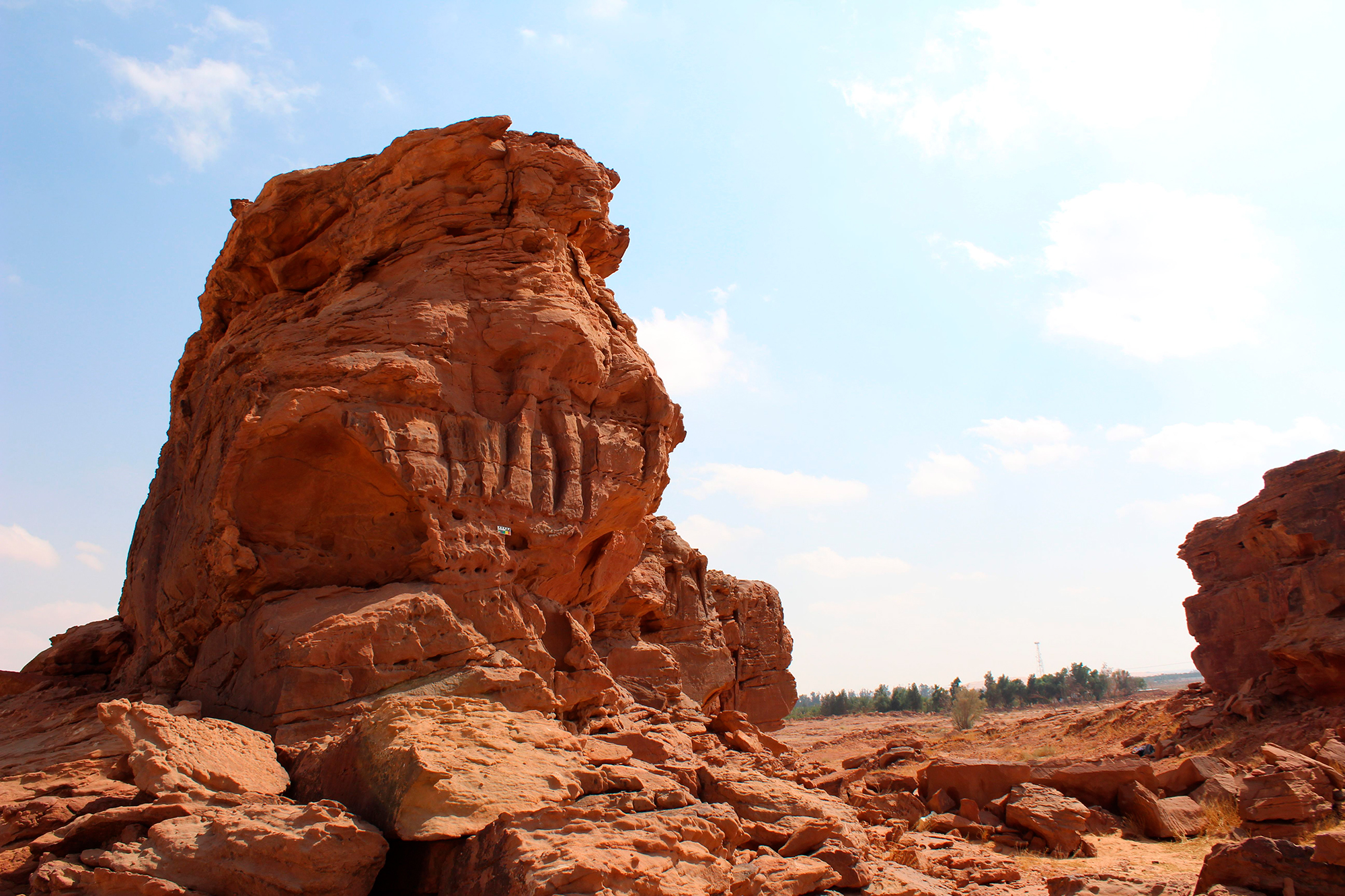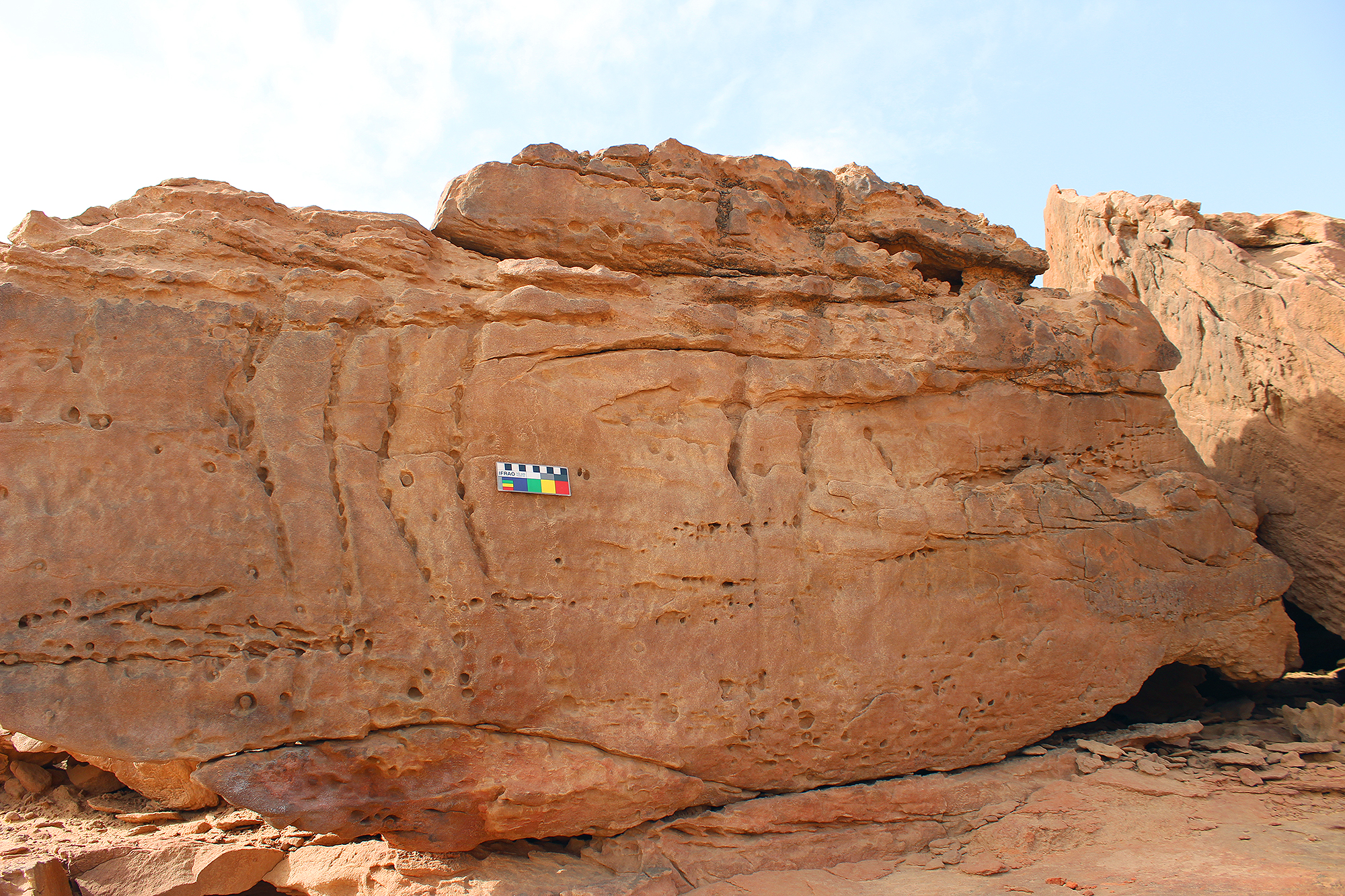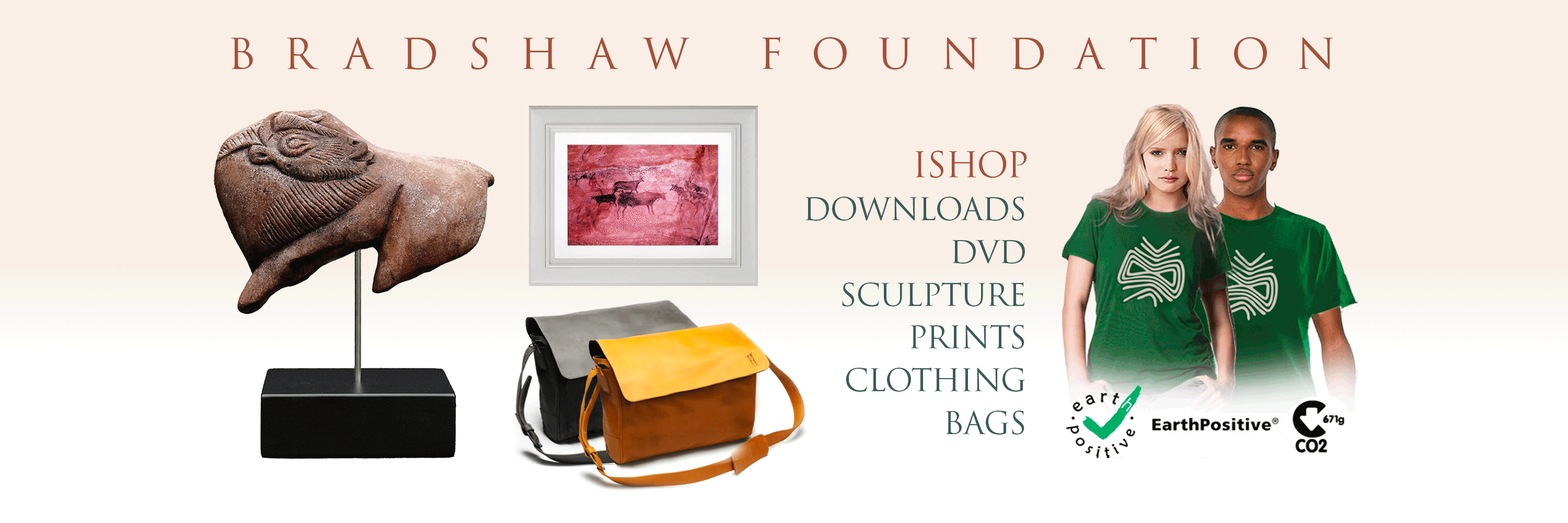


The Rock Art of Saudi Arabia
Life-sized reliefs of camels and equids:
The Camel Site in Saudi Arabia
The Camel Site in Saudi Arabia
Maria Guagnin (Max Planck Institute for the Science of Human History)
Guillaume Charloux (CNRS, UMR 8167 Orient & Méditerranée)
Abdullah M. AlSharekh (King Saud University)
Guillaume Charloux (CNRS, UMR 8167 Orient & Méditerranée)
Abdullah M. AlSharekh (King Saud University)

The Camel Site in al-Jawf Province of Saudi Arabia is a unique rock art site in the Near East due to the style and age of the art. The site has now been documented in great detail, beginning in 2016, and the subsequent detailed heritage management assessment indicates that the reliefs are in danger of imminent destruction from erosion - wind erosion and salt weathering caused by temperature and humidity differences - and the site has also suffered extensively from vandalism, bulldozing and agricultural irrigation. These factors have caused severe damage to the carved panels, but now the heritage management assessment is in place, it is hoped that further deterioration can be avoided. Unfortunately, it is not only the carved panels that are in jeopardy; the area surrounding the rock spurs where the panels are located is also an important part of the archaeological site, and numerous chipped stone scatters are still visible on the surface but this area has also been heavily damaged by agricultural landscaping through bulldozing. However, the situation now appears to be stable. Despite the advanced state of erosion, once protected and restored, the Camel Site will have considerable potential for tourism and education.
Gallery
Life-sized reliefs of camels and equids: The Camel Site in Saudi Arabia
Rock Art Links



